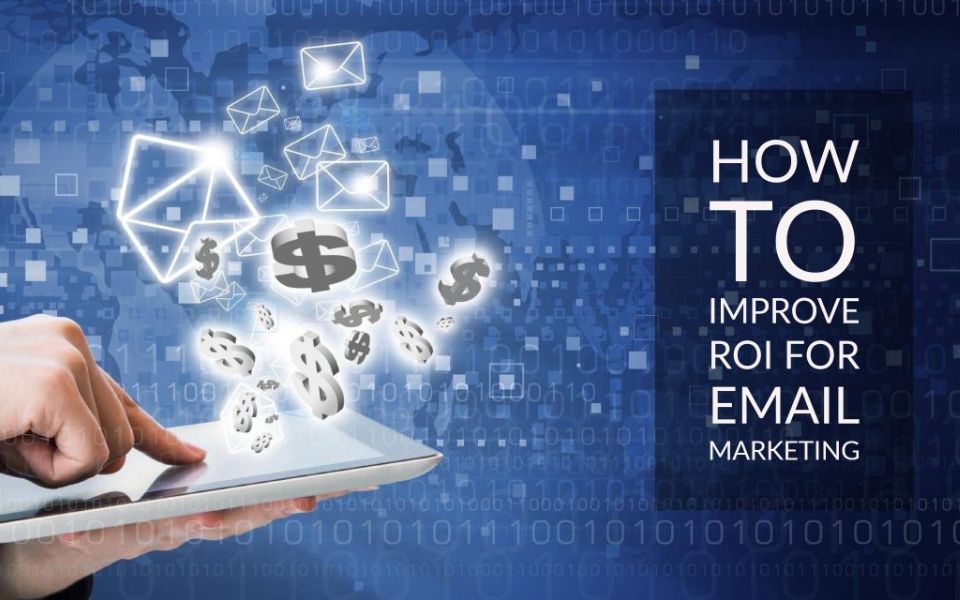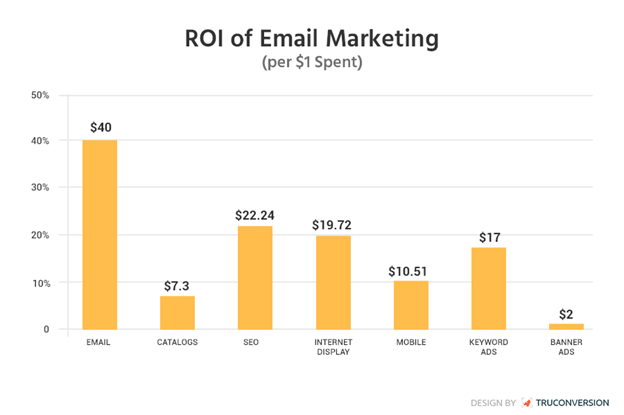Subscribe to Our Newsletter
Stay updated with the latest tips and strategies. Get additional discounts and alerts on offers.

When you consider all the modes of online marketing, which among the many pops into your mind as the best go-to medium to achieve the best return on investment?
If email marketing was not one of the few options that you thought of, here’s a statistic for you! Consecutively for ten years in a row now email has been the channel generating the highest ROI for marketers. For every one dollar spent, email marketing generates $38 in return on investment.

Emails are considered personal compared to other modes of marketing, and it would be best if this is reflected in its content.
Emails that contain repetitive text or sent to a huge number of people, more often than not, end up in spam boxes or ignored as they would be considered generic. From catchy subject lines to smooth and crisp flowing text that engages the audience- the content of the email is an important aspect that drives not only open rates and conversions but also nurtures the relationship between customer and company.
To know more, read – Best practices for lead nurturing programs through emails
Hence, the extent to which the email relates to its receiver on a personal level, could be in the offers that it provides, appreciations, and rewards, drastically improves the way users view your message.
Good subject lines can be a smart way to get prospects or customers to view your email. However, once opened, it’s also vital that the viewer is bombarded with as much information in as little time as possible. Emails filled with plain text may be cumbersome to go through or even less appealing. Images, graphics, GIFs, and other forms of trending, interactive and effective content relevant to the subject can engage viewers and can also persuade them to make the purchase.
Keeping up with the latest trends also means updating to the newest available technology. As of today, 56% of companies presently use email marketing providers and are 75% or more likely to purchase marketing automation software over the next year. There are tons of software available depending on client requirements that can manage and monitor your email lists, schedule emails (based on buyer behavior), and engage them on a regular basis.
Show Some Love!

Subscribe to Our Newsletter
Stay updated with the latest tips and strategies. Get additional discounts and alerts on offers.
Related Articles
Subscribe to Newsletter
Stay up to date with the latest marketing, sales, and service tips and news.
